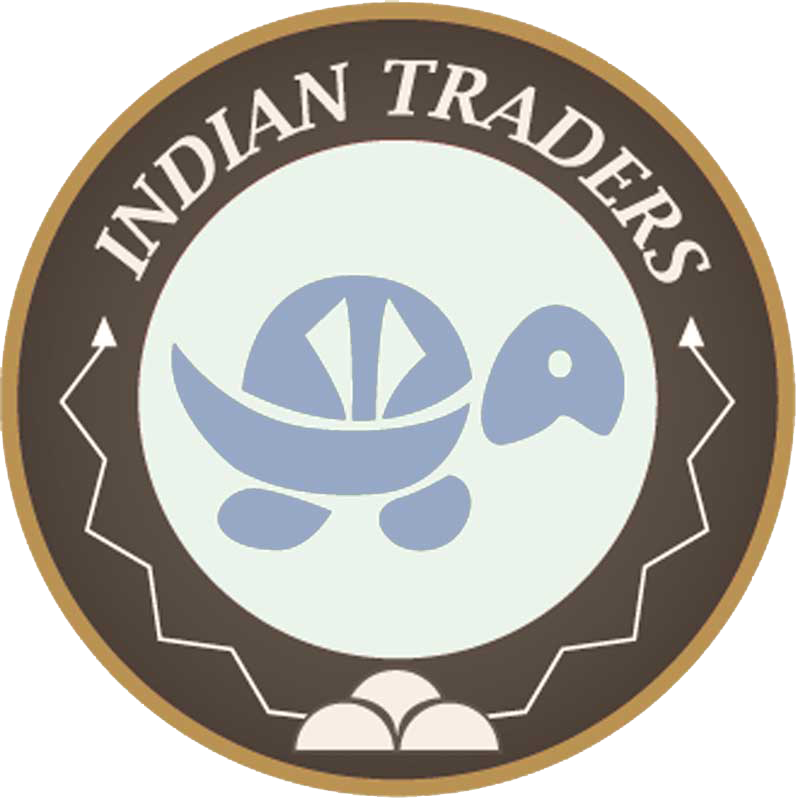There is great love and fascination throughout North America and the world for Native American culture and art, from Native American blankets to jewelry and much more. Who exactly are the Native Americans?
The Native American Indians are the indigenous peoples of the continental USA. But what does this mean?

Oglala Lakota Chief. 1899. Via Library of Congress.
Indigenous
“Indigenous” refers to one who originates in and is characteristic of a particular place, and it can pertain to animals, plants, and people. To be indigenous, one doesn’t necessarily need to be born in a place, but one’s ancestors must have originated there. As such, Native Americans are people who:
- have historical continuity with pre-settler societies
- have strong and unbreakable links to certain territories and their natural resources
- have a distinct culture, language, and beliefs
- exhibit economic, political, or social systems
- Self-identify as Native American individually and as an accepted member of the tribal community
- Resolve to continue their ancestral culture as distinct communities and peoples.
(United Nations Permanent Forum on Indigenous Peoples).
A Myriad of Nations
The Native American Peoples are a diverse and large group of heterogeneous societies. There are currently more than five hundred federally-recognized tribes within the US, and more than half of these people are associated with Indian Reservations.
The modern Native Americans’ ancestors crossed into North America more than fifteen thousand years ago from Asia, by way of Beringia, the land bridge between the Lena River in Siberia and the Mackenzie River in Canada, via Alaska. They had settled the entire North American continent by 1000 B.C. They, over time, developed a vast array of distinct customs, languages, and civilizations, and there are as many diverse tribal nations within the Americas as there are nations in Asia, Africa, or Europe.
By 8000 B.C., Native Americans were farming; some tribes in Mexico grew squash and corn; some hunted deer and bison. Some hunted sea mammals and fished from canoes; others raised llamas, turkeys, and guinea pigs. Other tribes burnt land to keep pasture for animals to graze. From 2000 B.C. some Native Americans developed their own nations or states, self-governing and establishing routes for trade between tribes and even shipping goods for exchange with tribes in South America.
When Europeans first settled in continental North America, there were thousands of different tribes of indigenous peoples. As a consequence of wars and disease brought by the Europeans, as well as harmful government policies, those numbers diminished dramatically in a very short time.
There are ten recognized cultural areas used to classify the indigenous peoples of North America:
- Arctic – includes Inuit, Yupik, and Aleut
- Subarctic – includes Cree, Tlingit, Algonquin
- Northeastern Woodlands – includes Iroquois, Wampanoag, Shawnee, Mohegan
- Southeastern Woodlands – includes Cherokee and Seminole
- Great Basin – includes Shoshone, Paiute, and Ute
- Great Plains – includes Apache, Cheyenne, Comanche, Sioux
- Northwest Plateau – includes Chinook
- Northwest Coast – Chinook, Haida, Tlingit, Chimakum
- California – includes La Jolla, Karok, and Hupa
- Southwest – includes Navajo, Coyotero Apache, Mojave, Hopi, and Zuni
Some Alaskan Natives are not considered to be Native American, though they are indigenous. Genetically, they differ from other native Americans and more closely resemble the indigenous peoples of the Arctic.
Native Hawaiians are not considered to be Native Americans, however, they are indigenous to the US. (Hawaii was a monarchy until 1893 when it was illegally overthrown). Hawaiian histories differ greatly from those of mainland Native Americans.
Today
In the US today, there are 4.5 million Native Americans and Native Alaskans, representing just 1.5% of the total population overall. Native American culture fascinates and enthrals people worldwide for its richness and unique qualities and must be treasured. For authentic Southwest Native American blankets, jewelry, artwork and other items crafted by local artisans, visit Indian Traders today.
